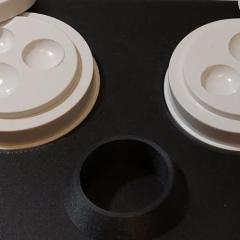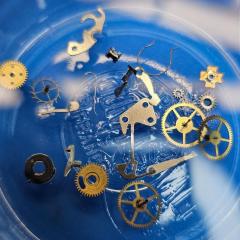Balance truing:
-
Recently Browsing
- No registered users viewing this page.
-
Topics
-
Posts
-
By HectorLooi · Posted
316 steel is not hardenable. It is a high corrosion resistant steel. Usually used for marine purposes. -
By QuiteGuy81 · Posted
Uh! We have a lot of beautiful things, in Italy. It depends that what you like. I live near Vicenza that is near Venice. Lake Garda is quoted from German guys: there are a lot of sport activities. If you like art, architecture and history, of course you can choice one of that cities! If you come in Verona you can travel easily to Venice, Milan, Padova or Bologna. -
By SwissSeiko · Posted
Lower carbon will affect the hardening of the steel
-








Recommended Posts